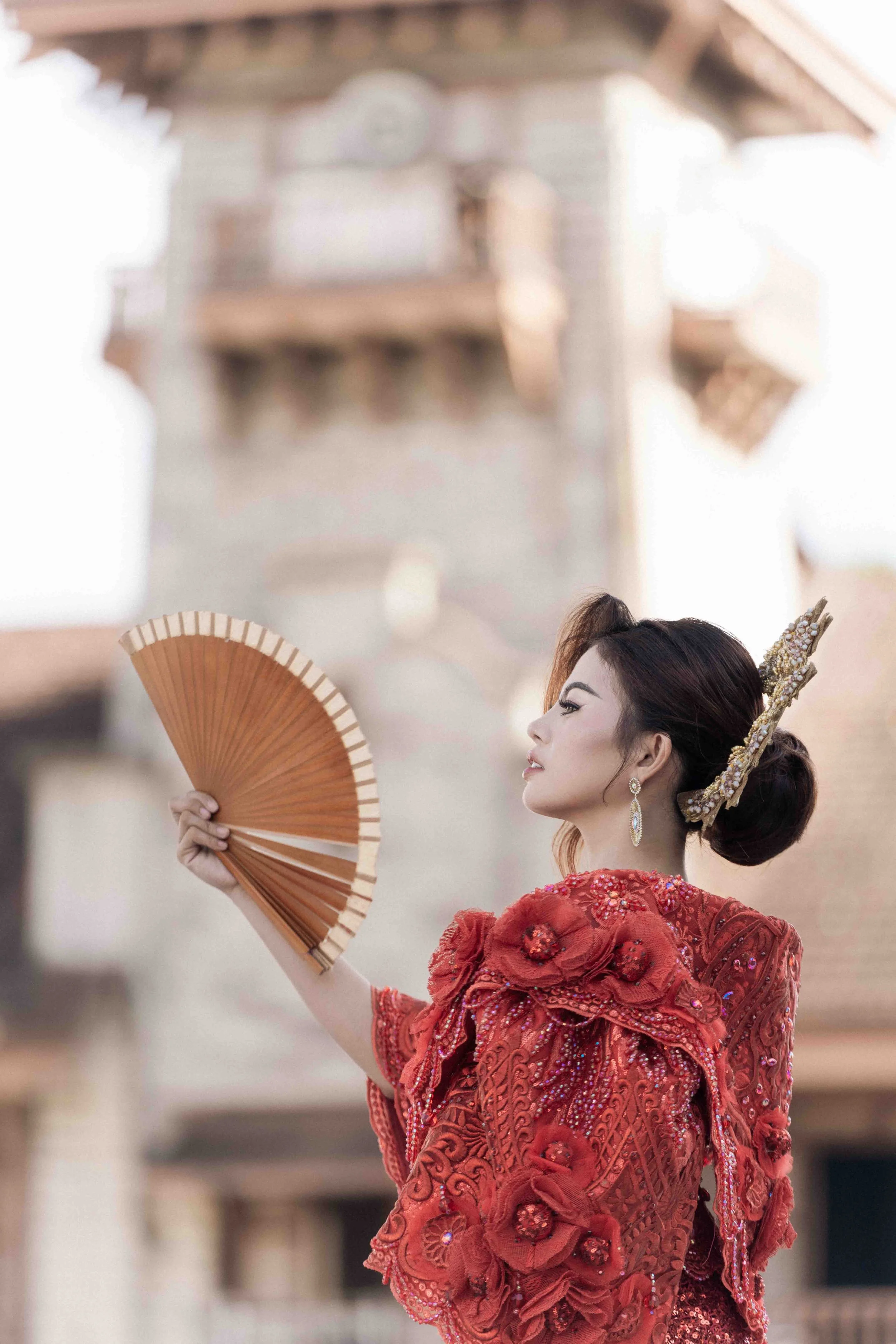Japan Wedding Photographer
Caz Isaiah | Capturing cinematic stories across Kyoto’s temples, Tokyo’s skyline, Nara’s gardens, and mountain horizons.
Japan Wedding Photographer
Caz Isaiah | Capturing cinematic stories across Kyoto’s temples, Tokyo’s skyline, Nara’s gardens, and mountain horizons.
Led by Caz Isaiah — a Vogue-published photographer and your Japan Wedding Photographer — every celebration is framed with cinematic artistry, weaving Kyoto’s serene temples, Tokyo’s vibrant skyline, Nara’s quiet gardens, and the intimacy of your story into imagery that feels timeless. Explore more as an Editorial Wedding Photographer, creating celebrations preserved with atmosphere and depth worldwide.
About Me
I am Caz Isaiah — a Vogue-published, internationally recognized Japan Wedding Photographer, shaping weddings through cinematic storytelling built across Europe, Asia, and the Americas.
Japan offers a palette of atmospheres: Kyoto’s golden temples mirrored in still water, Mount Fuji’s quiet rise above its lakes, Tokyo’s neon horizons, and Hokkaido’s snow-filled forests. Within these landscapes, I move with subtle direction, letting gestures unfold naturally — vows in a Zen garden, laughter beneath blossoms, or the sweep of a kimono on stone steps. Learn more on my About Me page.
Atmospheres

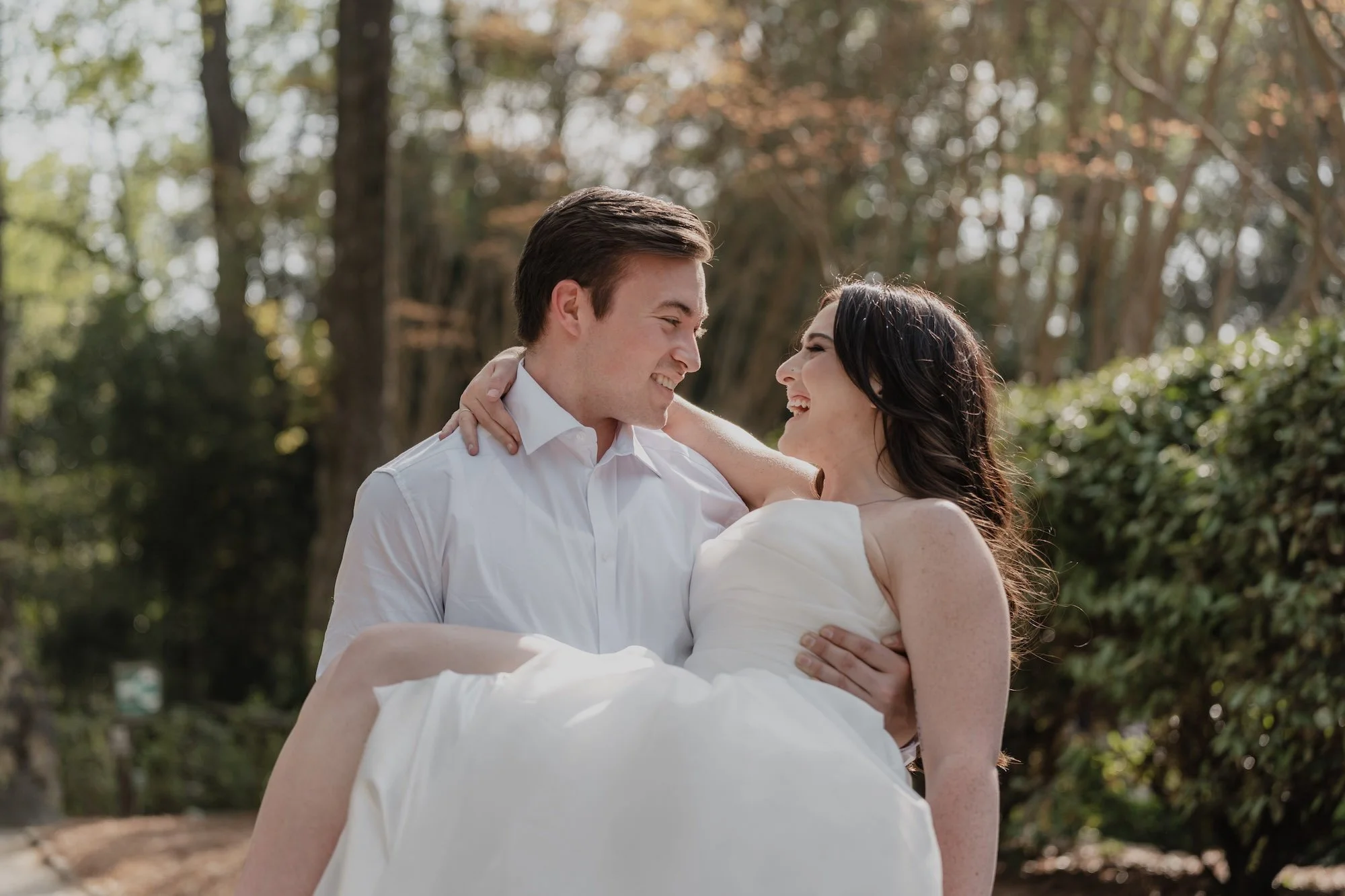
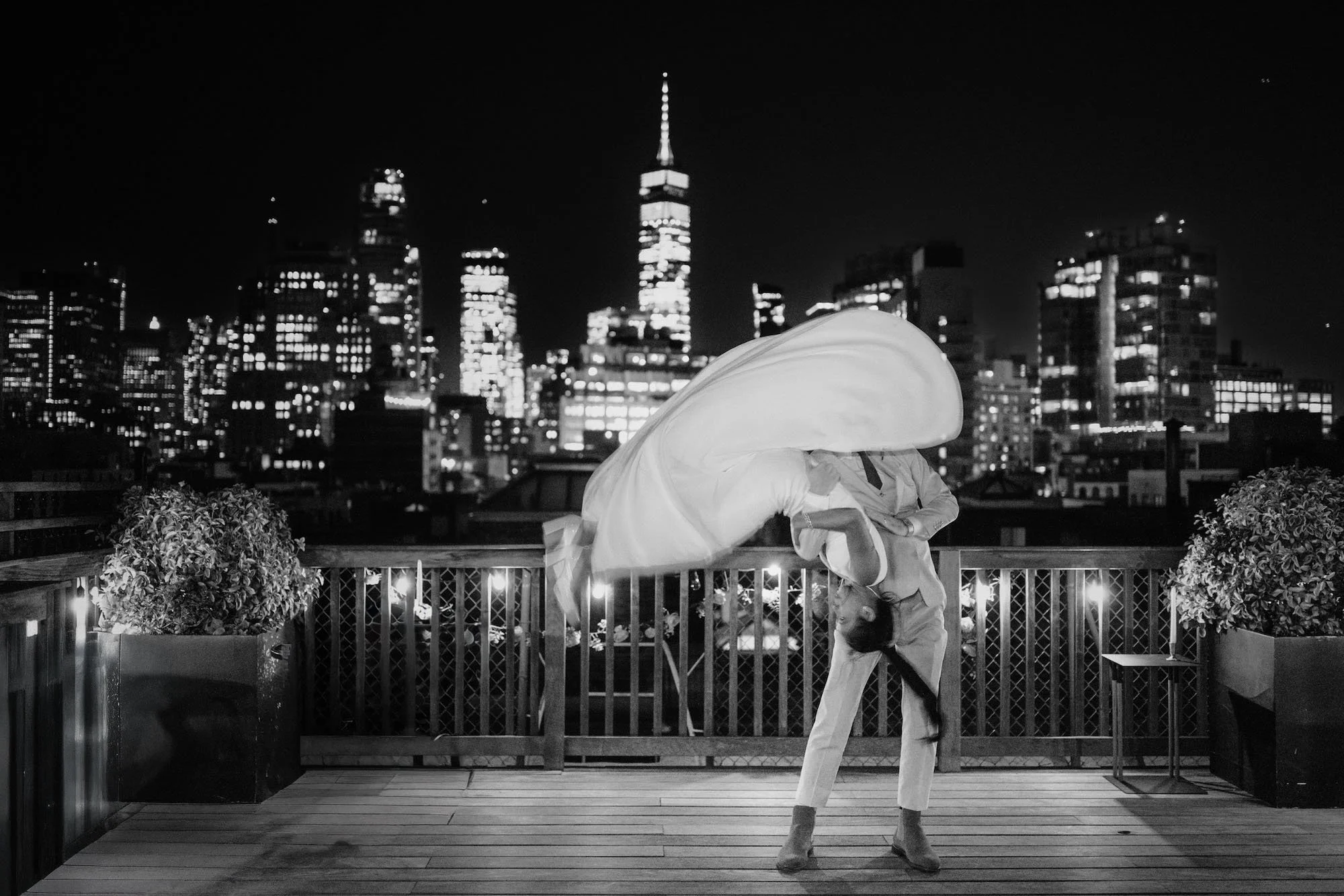
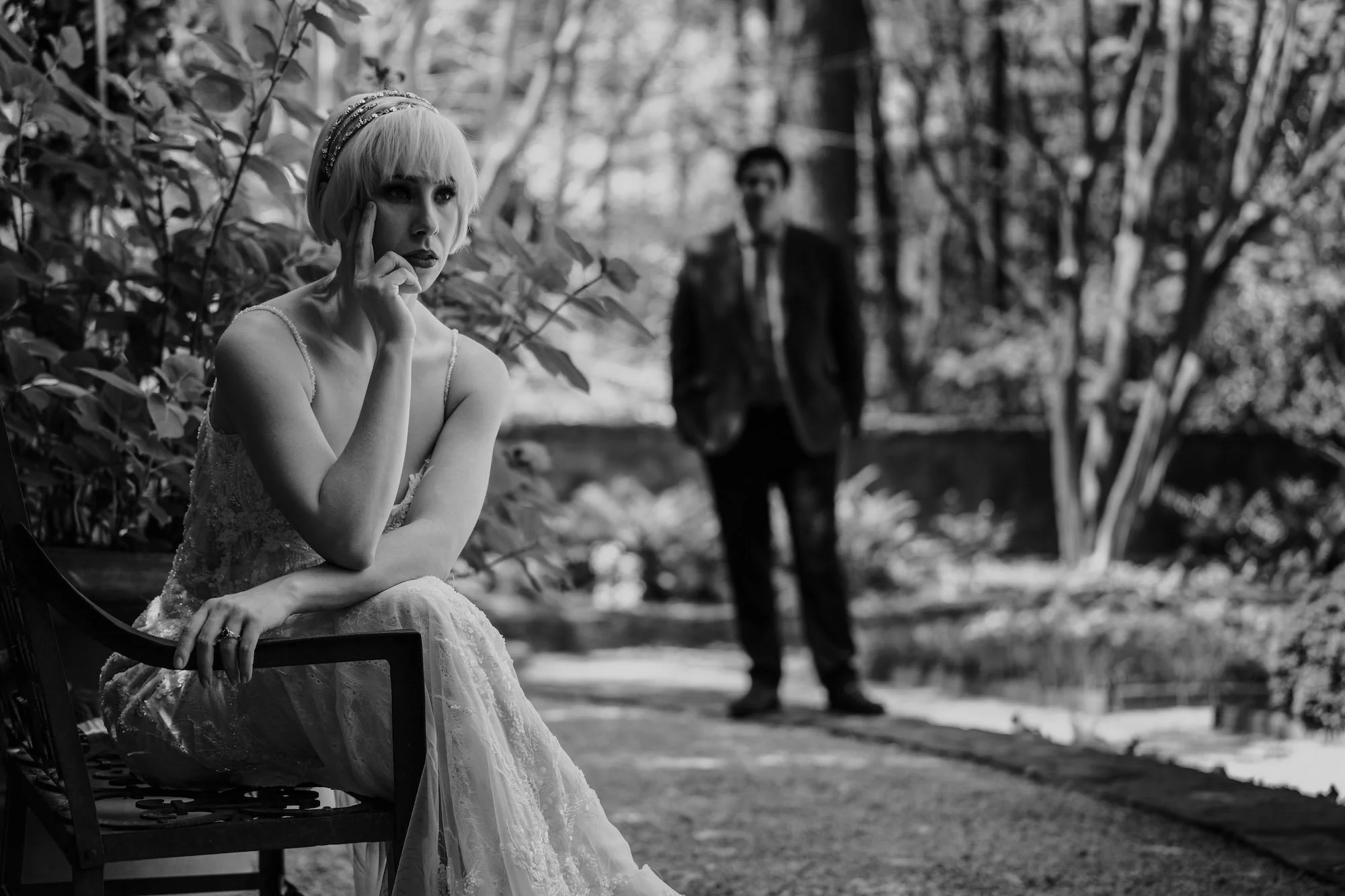
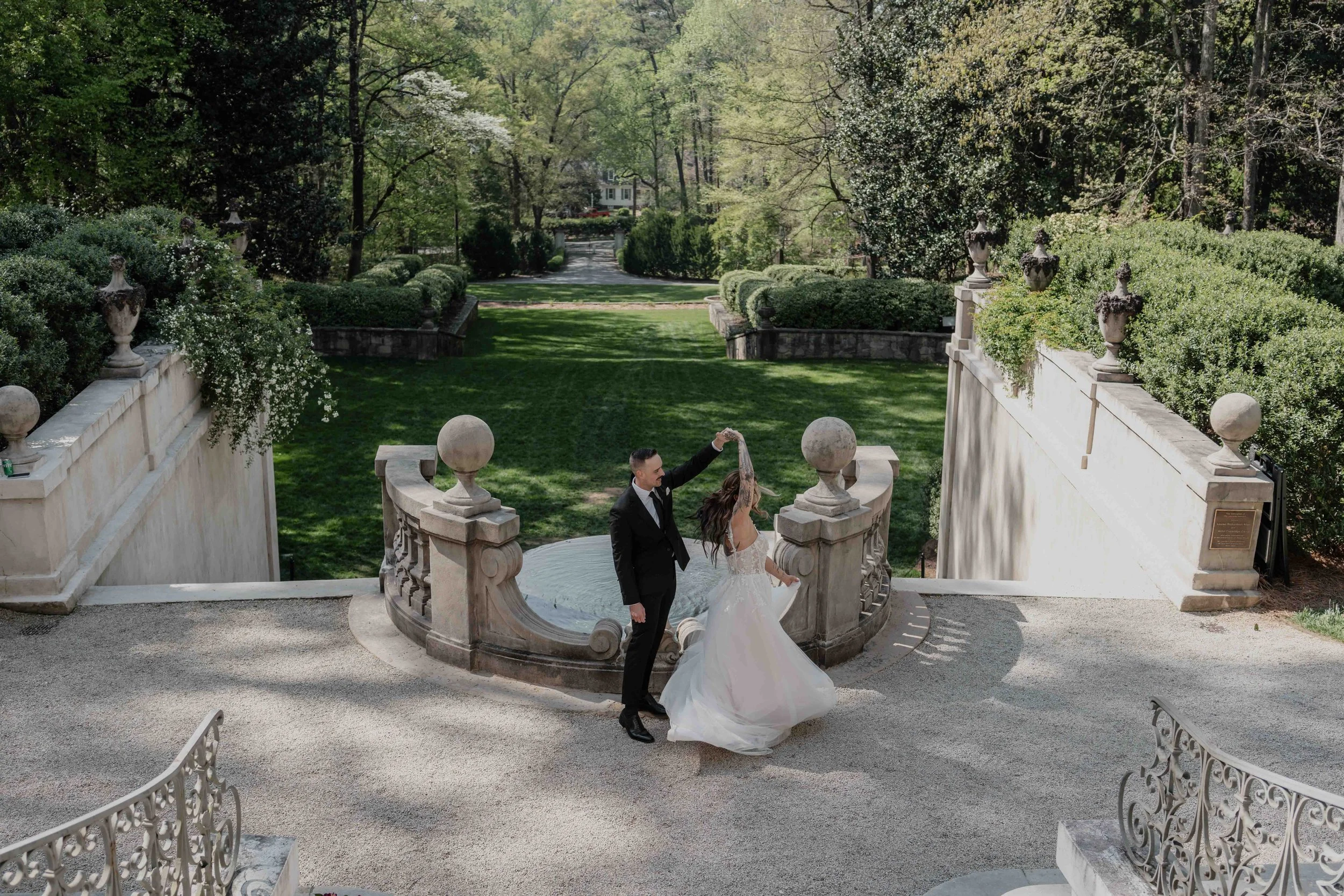
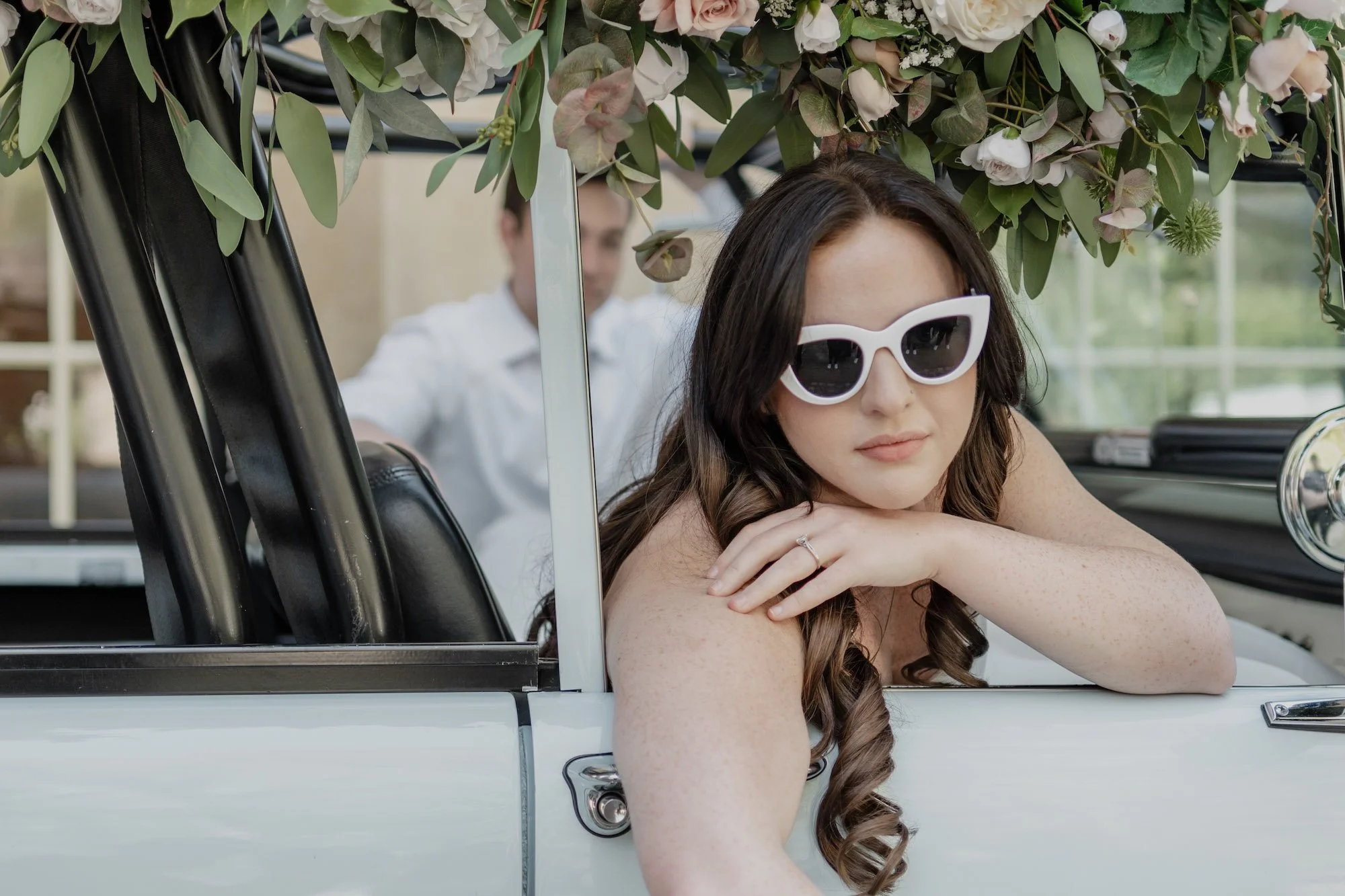


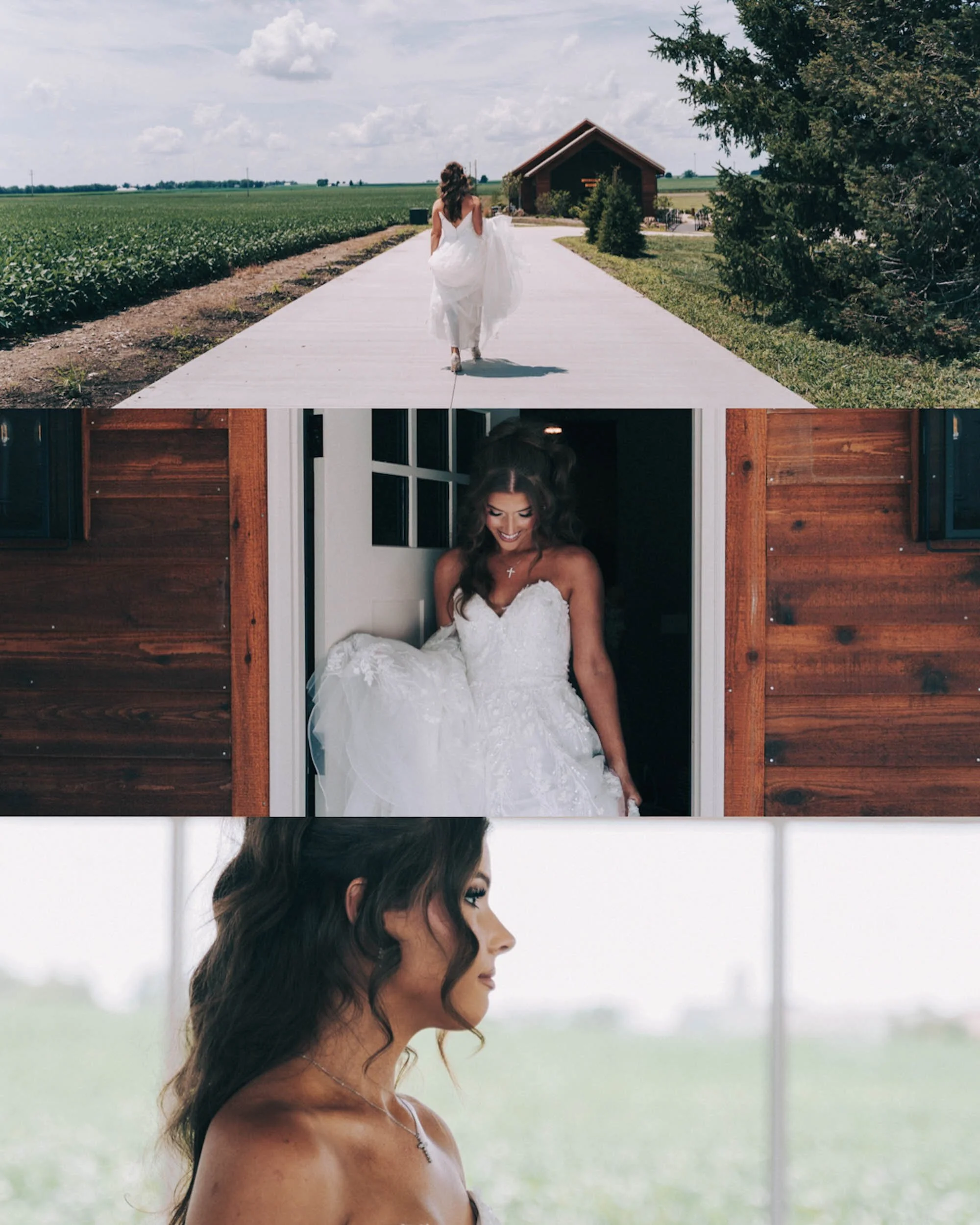
The Experience
Japan is more than a destination — it is a living canvas where heritage and atmosphere merge into something unforgettable. Each region offers its own rhythm: Kyoto’s alleys glowing with lanterns at night, Mount Fuji rising quietly above mirrored lakes, Tokyo’s skyline terraces alive with neon, and Okinawa’s shores where the sea meets endless sky. The seasons transform these landscapes into stages of memory — cherry blossoms in spring, vibrant festivals in summer, crimson leaves in autumn, and serene snow in winter.
As your Japan Wedding Photographer, my role is to move with quiet precision, anticipating the flow of your day rather than interrupting it. Vows whispered beneath temple gates, laughter drifting through courtyards of red maple, or the subtle movement of a kimono along stone steps are preserved as though they were scenes from a film. Each frame is composed not only to show how a moment looked, but to reveal how it felt.
My perspective is shaped by photographing weddings and editorials across Europe’s castles, New York’s rooftops, and Dubai’s landmarks. That same editorial approach is brought into Japan, where every gesture and detail is woven into a cinematic narrative. The result is imagery that feels authentic, timeless, and deeply personal.
You are not simply documented in Japan — you are written into its landscapes and its seasons, creating a legacy that endures. Explore more of my work in my editorial wedding portfolio.
Best Wedding Venues in Japan
Japan is a country where history, nature, and modern refinement merge into one of the most cinematic backdrops for weddings. From Kyoto’s lantern-lit temples to Hokkaido’s snowy forests, Tokyo’s skyline terraces to mountain resorts in Nagano, the settings here are unlike anywhere else in the world. As a Japan wedding photographer, I’ve witnessed how couples from the U.S., Europe, and across Asia are drawn to Japan not only for its landscapes, but for the way it blends intimacy, tradition, and grandeur into one unforgettable atmosphere. These ten venues stand out as the country’s most iconic stages for a celebration.
Aman Tokyo
Perched above the city skyline, Aman Tokyo is the pinnacle of modern Japanese luxury. Minimalist interiors, soaring windows, and serene water features make it a venue where every frame feels cinematic. Couples often exchange vows in spaces filled with natural light, then celebrate with receptions overlooking Tokyo’s skyline. It is chosen by those who want refinement without distraction — a wedding atmosphere that is quiet, elevated, and enduring.
Hoshinoya Kyoto
Accessible only by riverboat, Hoshinoya Kyoto is one of the most exclusive wedding settings in Japan. Hidden in the Arashiyama hills, its wooden villas, maple-lined gardens, and lantern-lit pathways create a dreamlike atmosphere. In autumn, the landscape glows crimson, while spring weddings are alive with cherry blossoms reflected on the river. Couples choose it for privacy, romance, and the chance to host a wedding that feels timeless and secluded.
Ritz-Carlton Kyoto
Blending heritage with contemporary elegance, Ritz-Carlton Kyoto sits along the Kamogawa River with views of the Higashiyama mountains. Its courtyards, gardens, and luxury ballrooms give couples flexibility for multi-day celebrations. Intimate riverside portraits in morning light, followed by grand evening receptions, make it one of the most versatile venues in the country. For couples who want tradition framed by luxury, it delivers both with ease.
Four Seasons Kyoto
Centered around an 800-year-old pond garden, Four Seasons Kyoto is a venue that radiates atmosphere. Ceremonies can be held by the water, with koi gliding beneath reflections of trees and temples. Receptions blend modern architecture with heritage design, offering both intimacy and scale. Couples often choose Four Seasons Kyoto for its cinematic mix of tradition and global polish.
Meiji Jingu Shrine, Tokyo
For couples seeking cultural authenticity, few venues rival the depth of Meiji Shrine. Surrounded by forest pathways and grand torii gates, weddings here are conducted with full Shinto rituals. The ceremony unfolds within one of Japan’s most sacred sites, creating portraits that hold both spiritual gravity and cinematic atmosphere. It is especially meaningful for couples who want their wedding to honor Japan’s heritage in the most traditional way possible.
Hotel Gajoen Tokyo
Known as the “Palace of the Dragon God,” Hotel Gajoen Tokyo is one of the most opulent wedding venues in Asia. Adorned with hand-painted screens, elaborate banquet halls, and cascading gardens, it is a stage for weddings that lean into spectacle. Every corner feels cinematic, making it ideal for couples who want their wedding to be lavish, bold, and unforgettable.
Niseko & Hokkaido Resorts
In winter, Hokkaido becomes one of the most cinematic wedding destinations in the world. Resorts in Niseko offer glass chapels, mountain lodges, and frozen lakes that turn ceremonies into fairytales. Snow drifts through forests, portraits unfold against mirrored ice, and receptions glow within luxury chalets. For couples who love winter, it is Japan’s most breathtaking canvas.
Osaka Castle Gardens
A symbol of strength and beauty, Osaka Castle offers weddings surrounded by history. Its gardens become extraordinary during cherry blossom season, when stone walls and moats are framed by soft pink horizons. Couples are drawn here for its grandeur — an iconic landmark where portraits feel cinematic, cultural, and timeless.
Andaz Tokyo Toranomon Hills
High above Tokyo, Andaz offers rooftop terraces with panoramic views of the skyline and Tokyo Tower. Its modern architecture and flexible event spaces attract couples who want their wedding to feel bold, cosmopolitan, and alive with city light. Portraits at blue hour, with the skyline shimmering, capture the modern romance of Japan’s capital.
Karuizawa Resorts (Nagano)
Just a short journey from Tokyo, Karuizawa has become one of Japan’s most beloved luxury wedding destinations. Surrounded by forests and alpine lakes, venues here include glass chapels and private retreats. In autumn, the landscape glows with fiery maples; in winter, snow transforms it into a serene wonderland. Couples choose Karuizawa for privacy, atmosphere, and the chance to host a wedding in a cinematic mountain setting.
Mount Fuji
Few places in the world carry the same symbolic weight as Mount Fuji. Weddings here unfold against Japan’s most iconic backdrop — a snow-capped peak mirrored in still lakes like Kawaguchiko or Yamanaka. Sunrise paints the mountain in soft pinks and gold, while evenings bring a dramatic silhouette against indigo skies.
Couples are often drawn to Fuji for its balance of natural grandeur and intimacy. Ceremonies can be held lakeside with the mountain rising beyond, followed by portraits on quiet forest paths or overlooking terraced hillsides. In spring, cherry blossoms frame the peak; in autumn, crimson maples add cinematic contrast.
A wedding at Mount Fuji is both elemental and timeless — a setting where Japan’s spirit of beauty and endurance becomes part of your story. See how I capture the day as a Mount Fuji wedding photographer.
Why Japan Demands Cinematic Storytelling
A wedding in Japan is never just an event — it is a narrative written in temples, mountains, and city lights. From the refinement of Aman Tokyo to the heritage of Meiji Shrine, each venue carries its own cinematic character. What unites them is the way they demand to be preserved with artistry.
As a Vogue-published Japan wedding photographer, I bring an editorial eye shaped across Europe, Asia, and the Americas. My work captures not only gestures and details, but the atmosphere of Japan itself — lanterns swaying in evening air, snow drifting through forests, or the glow of neon across a skyline terrace. Every wedding becomes more than memory. It becomes a legacy, framed with timeless cinematic depth.
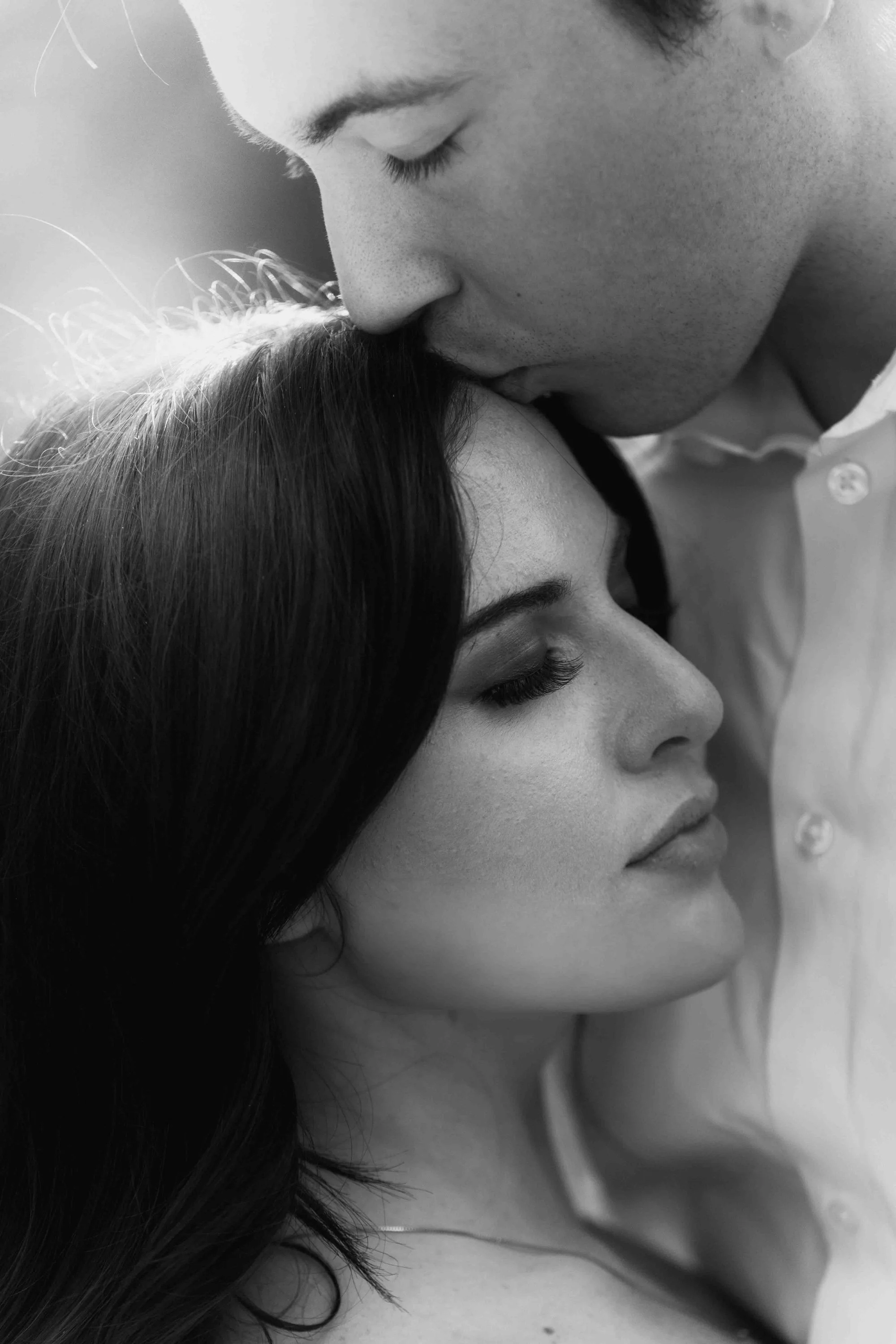
Japan Wedding Cost — What Couples Should Know
Planning a wedding in Japan is unlike reserving a ballroom in a modern city. Here, shrines, ryokans, temples, mountain lakes, and luxury hotels form the backdrop. A Japan wedding blends heritage with artistry — from Kyoto’s gardens to Mount Fuji’s lakes, Tokyo’s skyline to Okinawa’s shores. The atmosphere is cinematic and intimate, but couples inevitably ask: What does a wedding in Japan actually cost?
Below is a breakdown of typical investment ranges, what influences the numbers, and why couples from around the world consider Japan one of the most extraordinary wedding destinations.
Venue & Location Fees
Japan offers settings as diverse as its regions — from ancient shrines to modern hotels. Costs vary by exclusivity, season, and cultural permissions.
Shrines and temples: $3,000–$8,000 USD, depending on size and privacy.
Luxury ryokans & boutique hotels (e.g. Aman Kyoto, Hoshinoya Tokyo, Ritz-Carlton Kyoto): $10,000–$20,000+ USD for full-property or exclusive use.
Peak cherry blossom (March–April) and autumn foliage (October–November) carry premium pricing, with some venues doubling rates.
Catering & Dining
Japanese hospitality places dining at the center of the celebration, often blending kaiseki tradition with international menus.
Multi-course kaiseki or modern fine dining: $200–$400 per guest.
Premium sake, champagne, and wine: +$80–$150 per guest.
Couture cakes crafted in Kyoto or Tokyo: $1,500–$3,000+ USD.
For 80–100 guests, catering often totals $25,000–$40,000 USD.
Design & Décor
Japan’s natural beauty and architecture already provide atmosphere, but couples often elevate it with seasonal and cultural details.
Seasonal floral installations: $8,000–$20,000+.
Lanterns, candles, and architectural lighting: $5,000–$12,000.
Custom staging such as mirrored walkways or lakeside pavilions: $15,000+.
Photography
Hiring a Japan wedding photographer ensures your celebration is preserved with artistry against one of the world’s most extraordinary backdrops. From vows beneath Kyoto’s lanterns to portraits at Mount Fuji’s mirrored lakes or Tokyo’s glowing rooftops, every frame is shaped with cinematic depth.
I accept a limited number of commissions each year, often extending across multiple days — pre-wedding portraits, tea ceremonies, welcome gatherings, and the wedding day itself. Each moment is approached with an editorial eye, ensuring your story is preserved as more than documentation — it becomes a timeless narrative interwoven with Japan’s culture and landscapes.
Entertainment & Guest Experience
Weddings in Japan often weave tradition and luxury into the guest experience.
Shamisen or koto ensembles: $1,500–$3,500.
Geisha or maiko performances: $4,000–$10,000.
International DJs or live bands: $6,000–$15,000.
Cultural add-ons such as tea ceremonies, private onsen bookings, or taiko drummers: $2,000–$8,000.
Total Investment Range
Intimate weddings (30–50 guests): $60,000–$100,000 USD
Larger weddings (80–120 guests): $120,000–$180,000+ USD
Ultra-luxury multi-day productions: $200,000–$250,000+, especially with full-property buyouts and couture styling
Why Couples Choose to Invest
A Japan wedding is not about numbers — it is about weaving your love story into one of the world’s most remarkable countries. Couples invest because they are paying for:
A ceremony framed by shrines, temples, or Mount Fuji’s silhouette
Atmosphere shaped by Japan’s seasons — blossoms, maples, or snow
Hospitality through ryokans, gardens, and Michelin-level dining
Cinematic imagery by a Japan wedding photographer who understands both grandeur and intimacy
Final Thoughts
When couples search “Japan wedding cost,” they are rarely asking only about budgets. They are asking whether it’s possible to align luxury, intimacy, and cultural authenticity in one of Asia’s most revered destinations. The answer is yes.

Planning Tips for Weddings in Japan
Japan is more than a destination — it is a country where landscapes, seasons, and traditions converge into cinematic backdrops for love stories. Planning a wedding here means weaving your celebration into a nation that balances timeless heritage with modern artistry. From Kyoto’s temple courtyards to Mount Fuji’s mirrored lakes, Tokyo’s skyline to Okinawa’s shores, each region demands its own rhythm.
Timing the Day for the Best Light
Light in Japan shifts dramatically with season and geography, shaping the atmosphere of every image.
Cherry Blossom Glow (March–April): Soft morning light turns entire landscapes into a blush-hued dream, from Kyoto’s Philosopher’s Path to Tokyo’s Ueno Park.
Golden Autumn (October–November): Fiery maples set temple courtyards and mountain valleys ablaze, best captured in late afternoon light.
Summer Vibrance (June–August): Lush greens fill gardens and forests, with long days allowing extended celebrations.
Winter Quiet (December–February): Snow blankets Hokkaido, while shrines and gardens in Kyoto and Nara transform into serene, muted frames of stillness.
Making the Most of Japan’s Spaces
Each region of Japan offers cinematic potential, shaped by history and nature.
Temples & Shrines: Kyoto’s Nanzen-ji, Tokyo’s Meiji Jingu, and countless hidden sanctuaries create sacred, cinematic stages.
Mount Fuji & The Lakes: Reflections across Kawaguchiko or Yamanaka mirror Japan’s most iconic silhouette.
Bamboo Groves & Forests: Arashiyama’s vertical stalks or Yakushima’s moss-covered trails offer cathedral-like depth.
Modern Skylines: Tokyo’s terraces and Osaka’s rooftops merge urban vibrance with editorial drama.
Coastal Serenity: Okinawa and the Izu Peninsula provide turquoise waters and sandy horizons, a tropical contrast to Japan’s inland tradition.
Styling and Décor That Match the Setting
Japan’s landscapes already provide beauty; décor should heighten, not compete.
Minimalist Elegance: White florals and neutral palettes echo Zen design principles.
Seasonal Accents: Sakura branches, maple leaves, or pine boughs enrich the atmosphere with natural cues.
Lanterns & Candles: Subtle lighting complements both temple gardens and modern hotel receptions.
Fusion Styling: Couture fashion against torii gates or neon backdrops creates striking editorial contrasts.
Logistics to Consider
Hosting a wedding in Japan requires thoughtful planning across culture and geography.
Accommodation: Guests often stay in luxury ryokans, boutique machiya houses, or international five-star hotels.
Transport: Shinkansen trains connect major cities, while private transfers are essential for mountain or rural areas.
Permits & Traditions: Many shrines and gardens require permission for ceremonies and photography. Bilingual planners are invaluable.
Privacy: Exclusive buyouts of ryokans, gardens, or modern venues ensure intimacy amid popular destinations.
Multi-Day Experience
Japan lends itself to celebrations that unfold over several days, each chapter set in a different scene.
Welcome Gathering: Kaiseki dining in a private townhouse in Kyoto, or a rooftop cocktail party overlooking Tokyo Tower.
Ceremony & Reception: Temple vows, lakeside portraits with Fuji, or a luxury hotel banquet beneath crystal chandeliers.
Farewell Morning: A tea ceremony, a riverside stroll, or even an onsen experience shared with close guests.
Why Japan Demands Cinematic Storytelling
A wedding in Japan is more than a celebration — it is the merging of human intimacy with landscapes and traditions refined over centuries. From lantern-lit alleys to snow-capped peaks, neon reflections to moss gardens, every detail deserves to be preserved as cinema. Your Japan wedding should feel less like documentation and more like legacy — timeless, evocative, and enduring.
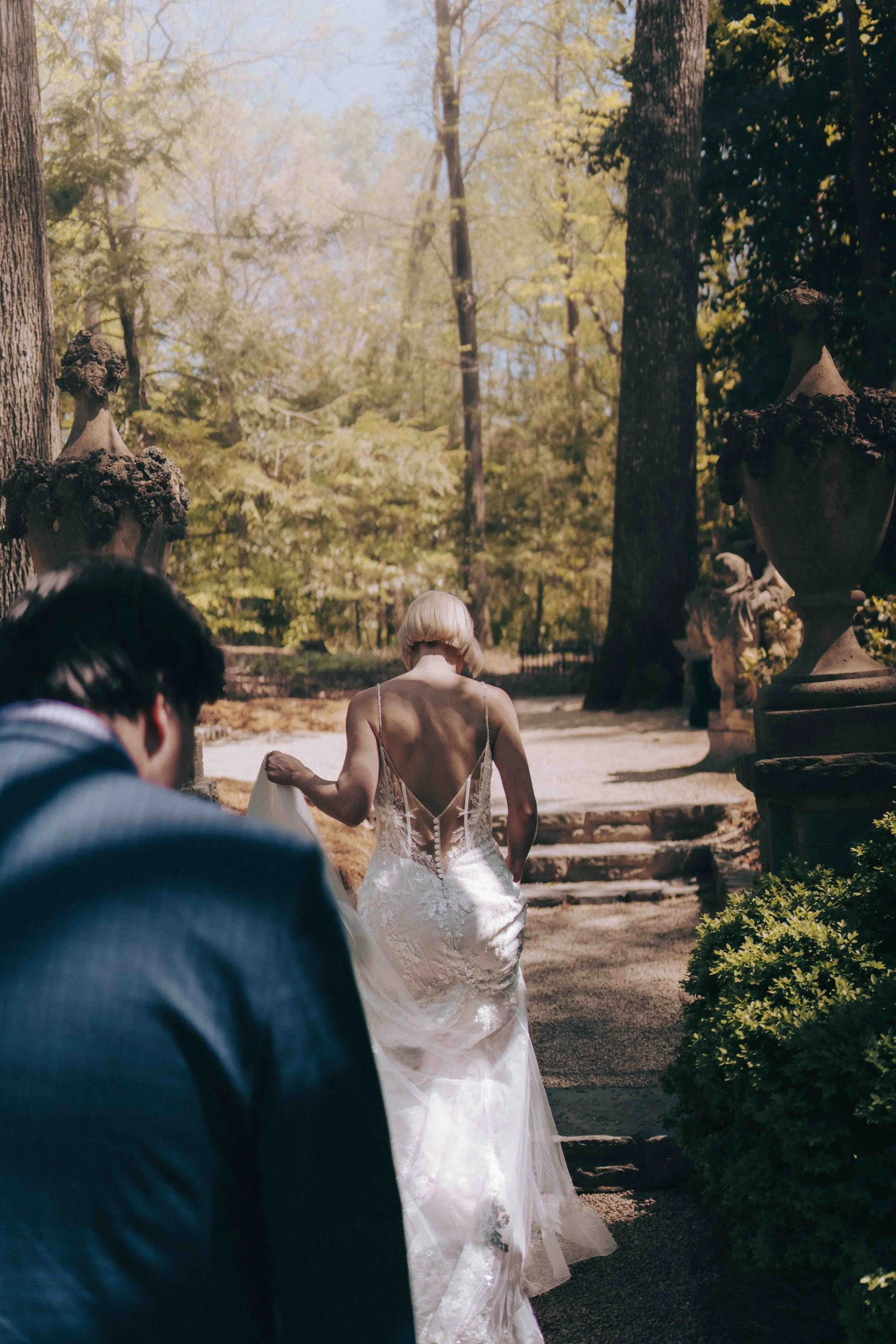
Investment
Weddings in Japan deserve cinematic care—from Kyoto’s lantern-lit shrines and Tokyo’s skyline terraces to Hokkaido’s winter forests and the lakes beneath Mount Fuji. Every commission is bespoke, never a preset package, so the coverage reflects your pace, traditions, and locations.
I take on a limited number of weddings each year to keep the work intentional. A trusted second photographer is included for parallel moments and full ceremony coverage. Multi-day options are available to weave tea ceremonies, welcome dinners, and portrait sessions across Kyoto, Fuji, Tokyo, Okinawa, and beyond. Your wedding isn’t merely documented; it’s shaped into a cohesive narrative with atmosphere, craft, and enduring presence.
Explore details and options on my investment page
Frequently Asked Questions — Japan Wedding Photographer
How much does a wedding photographer in Japan cost?
Investment varies with location, coverage length, crew size, and whether events span multiple days. Elopements with streamlined coverage sit at the lower end, while destination weekends across Tokyo, Kyoto, or Hokkaido require added travel, assistants, and a second photographer. Editorial-direction, scouting time, permits, and image curation also influence cost. Couples seeking a cinematic, international approach typically allocate a larger portion of their budget to photography because it shapes pacing, lighting, and narrative throughout the day. I provide bespoke proposals after hearing your plans, timelines, and priorities, ensuring you only pay for coverage that genuinely serves the story you want to preserve.
What is the best time of year for a wedding in Japan?
Japan is beautiful year-round, and each season offers a distinct cinematic mood. Spring (March–April) brings soft cherry blossoms, pastel skies, and comfortable temperatures. Summer gives long golden evenings, vibrant festivals, and coastal or rooftop backdrops—ideal for late ceremonies. Autumn (October–November) glows with red maples and clear light that flatters both architecture and landscapes. Winter is serene and dramatic, with snow-draped shrines, mountain scenes, and candlelit interiors that photograph beautifully. If you’re flexible, we’ll align locations and timelines with the light and atmosphere you prefer; if you already have dates, I’ll build a plan that makes the most of the season you’ve chosen.
Do we need a permit to photograph at temples or shrines in Japan?
Many temples, shrines, gardens, and heritage districts require advance permission for professional photography. Policies vary: some venues allow limited areas and prohibit tripods or drones; others require fees, escorts, or time windows to avoid public ceremonies. Because rules can change seasonally, permits should be arranged well in advance, especially for cherry blossom or autumn foliage periods. I coordinate with planners and venue managers to secure approvals, advise on alternatives if restrictions apply, and build a schedule that respects cultural etiquette. With proper preparation, you can enjoy iconic portraits at revered sites while ensuring the experience remains respectful, efficient, and uninterrupted.
Can international couples legally marry in Japan?
Yes, but the legal process involves documentation at a local city office—requirements differ by nationality and municipality. You’ll typically need passports, affidavits of competence to marry, and certified translations. Processing times and office hours can affect your schedule, and most forms must be submitted in person. For simplicity, many couples complete the civil marriage in their home country, then host a symbolic ceremony in Japan at a temple, luxury hotel, or scenic outdoor location. This approach frees the wedding day from administrative logistics while keeping every cultural element you love. I can connect you with planners who manage the legal steps if needed.
What are the best wedding venues in Japan?
Couples often choose iconic properties that pair design with remarkable settings: Aman Tokyo for contemporary minimalism and skyline views; The Ritz-Carlton, Kyoto for riverside elegance near historic lanes; HOSHINOYA properties in Fuji or Karuizawa for nature-forward retreats; Hakone resorts for onsen serenity with mountain horizons; and Hokkaido lodges or ski venues for winter grandeur. Historic villas, private ryokan, and boutique art hotels can host intimate events with exceptional cuisine and service. Venue selection depends on season, guest count, privacy, and the visual tone you want—urban modern, riverside heritage, alpine snow, or lakeside Fuji. I’ll help match locations to your vision.
Do Japan wedding photographers speak English?
Fluency varies widely. Many local studios are talented but operate primarily in Japanese, which can make creative direction, timelines, and family group coordination more challenging for international guests. Hiring an English-fluent, internationally experienced photographer ensures clear communication with planners, venues, and your families, plus an editorial approach that guides light, movement, and pacing. I collaborate closely with bilingual coordinators when needed, provide detailed schedules, and offer direction that feels natural and efficient. This reduces stress on the day, keeps you present in the moments that matter, and results in imagery that reflects your story with clarity, nuance, and intention.
How far in advance should we book a Japan wedding photographer?
For peak seasons—cherry blossoms and autumn foliage—secure your photographer 12–18 months in advance, especially if you want weekend dates or multi-day coverage across regions. Prime venues and popular shrines often confirm calendars early, and travel logistics become smoother when the core team is locked. If your date is flexible, weekday celebrations open availability and can ease permit access at iconic locations. Shorter timelines are possible for elopements and off-season weddings; I maintain limited openings for last-minute requests. Once booked, we’ll plan scouting, permits, and a lighting-driven timeline so your photographs benefit from the best conditions at each location.
Is Japan a good destination for elopements?
Absolutely. Japan excels at intimate celebrations with extraordinary atmosphere. Kyoto’s temple gardens and lantern lanes feel timeless at dawn; Fuji’s lakes offer mirror-calm horizons; Okinawa adds tropical coastlines; and Hokkaido’s forests or snowfields create quiet, cinematic frames. Elopements let us schedule around light, crowds, and weather, move between multiple locations, and incorporate cultural details—kimono dressing, tea ceremonies, or shrine blessings. Permits are still important, but small crews have greater flexibility. I’ll design a route that balances iconic scenes with private moments, ensuring images feel both editorial and deeply personal—less a checklist of landmarks, more a lived, elegant story.
Can we add pre-wedding or engagement photography in Japan?
Yes, many couples plan pre-wedding portraits in Kyoto, Tokyo, or around Mount Fuji to expand their visual narrative beyond the wedding day. These sessions are ideal for exploring different wardrobes, neighborhoods, and light—sunrise lanes in Gion, modern architecture in Omotesandō, lakeside horizons near Kawaguchiko, or evening city glow in Shibuya. We’ll set a cinematic route, arrange permits where needed, and build a timeline that avoids crowds. Pre-wedding coverage is also perfect for save-the-dates, welcome displays, or album storytelling that spans multiple seasons or regions, giving your final collection nuance, scale, and a sense of travel woven through the imagery.
Why hire a cinematic Japan wedding photographer?
Japan’s settings—shrines, gardens, rivers, mountains, and modern skylines—deserve more than simple documentation. A cinematic approach shapes the day around light and movement, directing with a gentle hand so moments feel lived rather than staged. It’s scouting vantage points, timing portraits for atmosphere, and reading weather to turn rain, snow, or sun into texture. It’s also editorial pacing: guiding wardrobe, architecture, and landscape into cohesive frames that feel timeless in ten or fifty years. My role is to craft a narrative where you remain present, while the images carry depth, clarity, and mood—honoring both your story and the spirit of Japan.
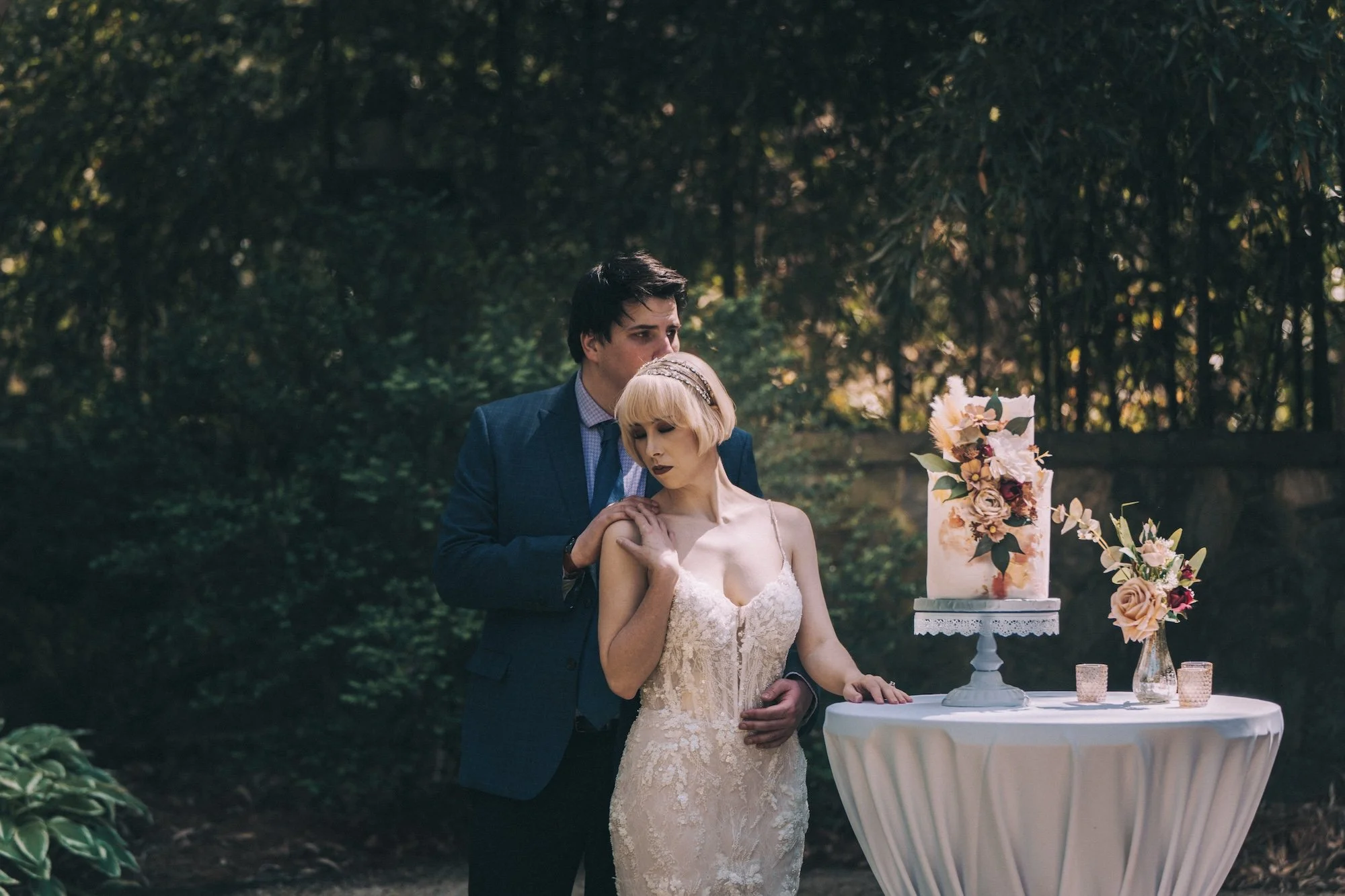
Client FAQ — Japan Wedding Photographer
What happens if it rains or we have typhoon weather?
I build a light-first timeline with covered/indoor alternates (shrines, galleries, hotel interiors) and add clear umbrellas for outdoor shots. We can pivot locations or shift portrait windows around the storm cell—Japan in the rain is often incredibly cinematic.
How many images do we receive and how are they delivered?
You’ll get a carefully curated online gallery in full-resolution and web sizes, ready for sharing and printing. Optional handcrafted albums and prints are available.
What’s the usual turnaround time?
I send a small preview shortly after the wedding, with the full gallery typically delivered within several weeks. Exact timing depends on coverage length and any film/drone add-ons.
Are travel fees within Japan included?
Travel is quoted up front and itemized (air/rail, hotel, local transport), with no surprises. If we’re covering multiple regions—Kyoto to Fuji to Tokyo, for example—I’ll optimize routes to keep costs efficient.
Do we need permits for temples, shrines, or heritage sites?
Often yes. I coordinate with your planner/venue to secure any required permissions in advance and advise on attire and conduct expected at sacred spaces.
Is a second photographer included?
When guest count, venue layout, or schedule complexity benefits it, I bring a trusted second to ensure full coverage of both partners and parallel moments. Otherwise it’s available as an add-on.
Can you help with timeline and location planning?
Absolutely. I’ll map portrait windows to the best light (blossoms, autumn color, blue hour cityscapes) and suggest routes that keep the day relaxed while maximizing cinematic backdrops.
Beyond Japan
Couples inspired by Japan often look outward as well. See how I approach weddings as an Italy wedding photographer, a NYC wedding photographer, and a Dubai wedding photographer. Together they form a map of cinematic worlds — European villas, tropical coasts, and desert skylines woven into one vision of legacy.
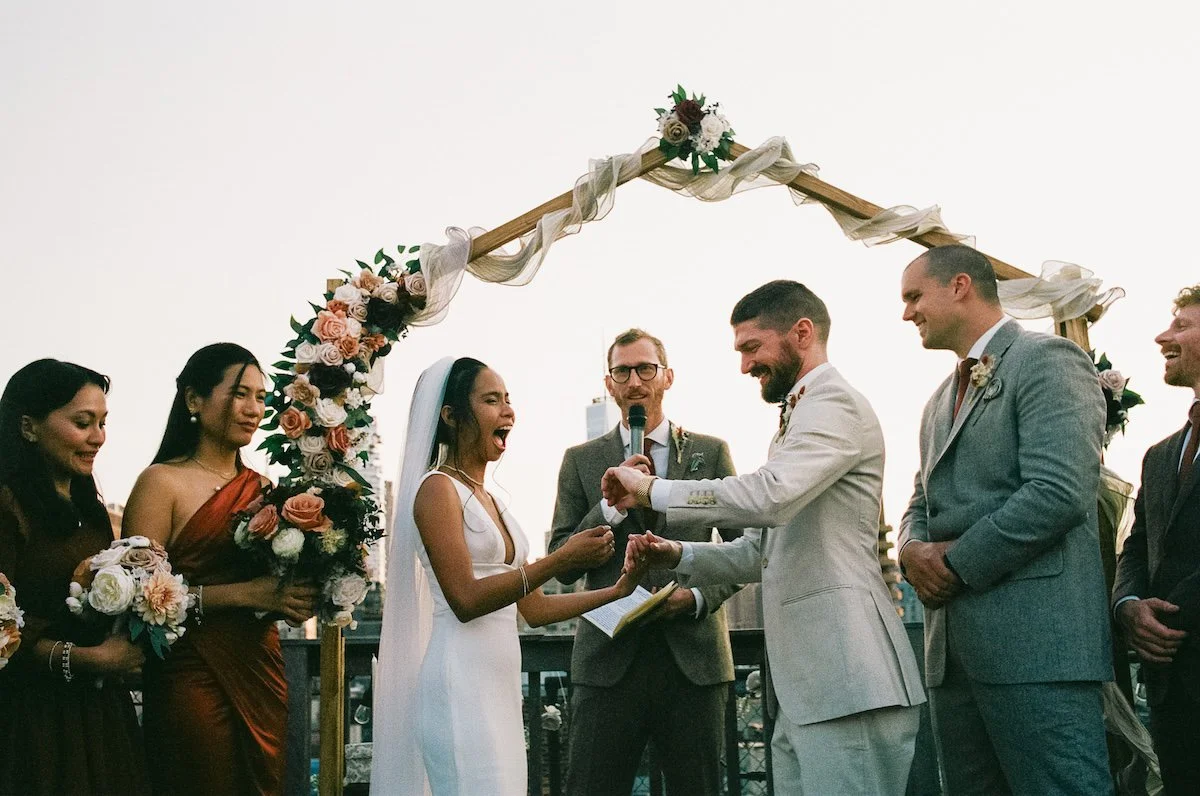
Ready to Begin
A wedding in Japan is not just an event — it is a story written across landscapes that feel timeless. From cherry blossoms drifting in Kyoto, to Mount Fuji mirrored in still lakes, to Tokyo’s skyline glowing at night, every moment becomes a cinematic frame.
As your Japan Wedding Photographer, I don’t just capture what happens. I preserve the legacy, the artistry, and the atmosphere of a country where history and romance converge.
Availability is limited. Reserve your date through Caz Isaiah, and let’s create a gallery as enduring as Japan itself.
